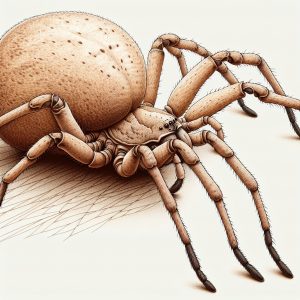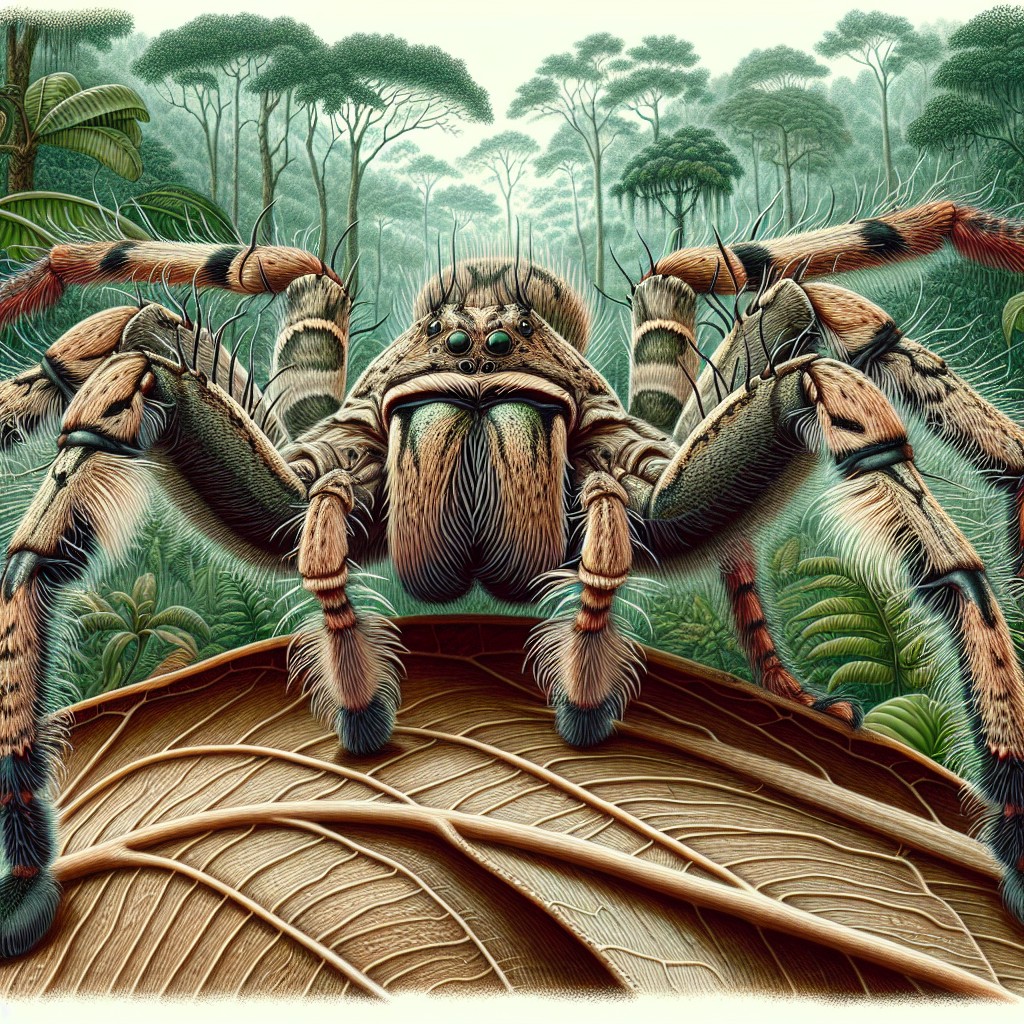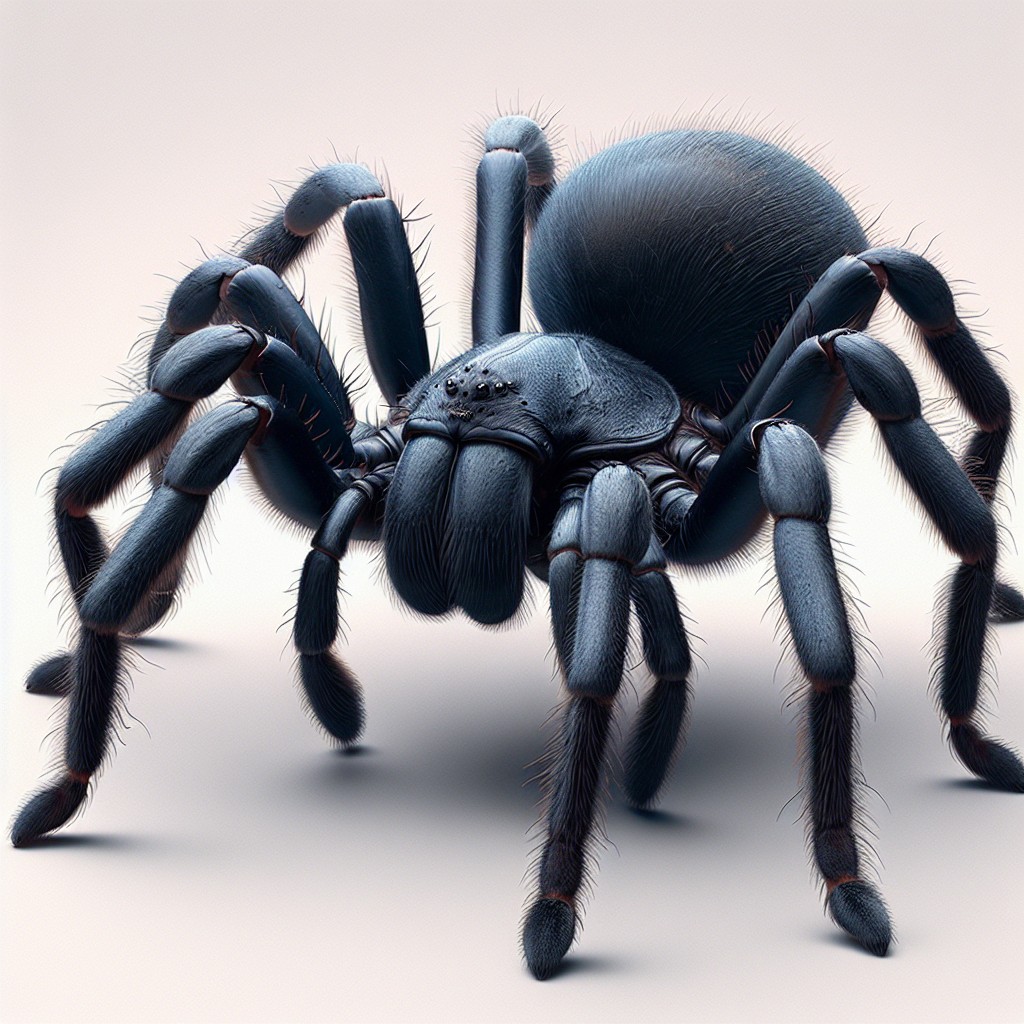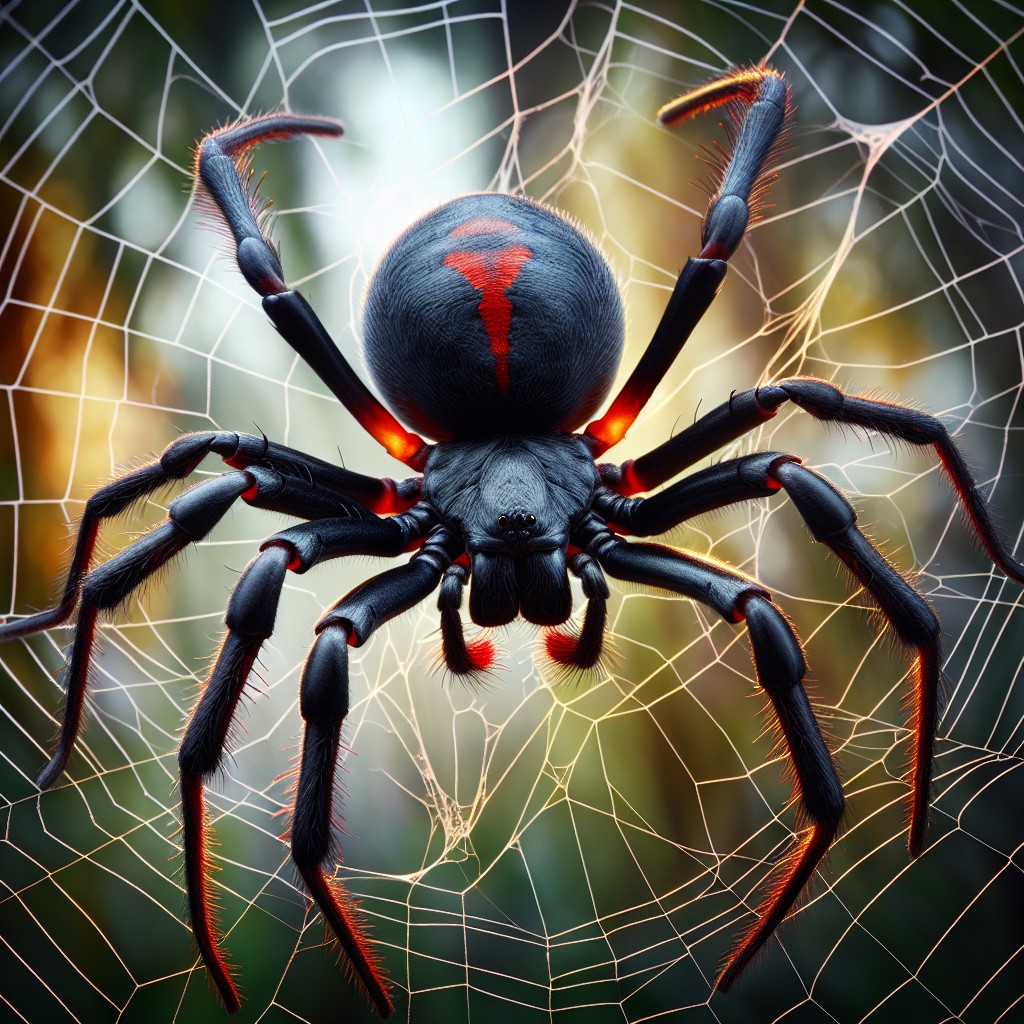The Cheiracanthium spp., commonly known as the sac spider, is a fascinating and often misunderstood creature. Belonging to the family Eutichuridae, this spider is found in various parts of the world, including North America, Europe, and Asia. With over 100 species within the genus Cheiracanthium, these spiders play an important role in the ecosystem. Understanding their behavior and characteristics is crucial for both researchers and the general public.
Key Takeaways
- The Sac Spider, also known as the Silent Hunter, is a venomous spider found in many parts of the world.
- Physical characteristics of the Cheiracanthium spp. include a yellowish-brown color, long legs, and a distinctive sac-like structure for carrying eggs.
- The Sac Spider prefers to live in warm, dry environments such as deserts, grasslands, and forests.
- The Silent Hunter feeds on insects and other spiders, using its venom to immobilize prey.
- A bite from the Cheiracanthium spp. can cause symptoms such as pain, swelling, and redness, but is rarely life-threatening.
- Prevention and control measures for the Sac Spider include keeping homes and outdoor areas clean and free of clutter.
- Misconceptions and myths about the Cheiracanthium spp. include the belief that its venom is deadly to humans.
- The Silent Hunter plays an important role in controlling insect populations in its ecosystem.
- Research and conservation efforts for the Sac Spider are ongoing, with a focus on understanding its behavior and venom properties.
Physical Characteristics of the Cheiracanthium spp.
The sac spider is relatively small in size, with adults measuring around 6 to 10 millimeters in length. They have a pale yellow or light brown body with darker markings on their abdomen. One distinguishing feature of the sac spider is its elongated cephalothorax, which gives it a unique appearance compared to other spider species. Additionally, they have eight long legs that enable them to move swiftly and silently.
Habitat and Distribution of the Sac Spider
The Cheiracanthium spp. can be found in a wide range of habitats, including grasslands, forests, and even urban areas. They are known to build their sac-like nests in various locations such as under tree bark, in leaf litter, or inside buildings. These spiders are distributed across different continents, with some species being more prevalent in certain regions. For example, Cheiracanthium mildei is commonly found in Europe, while Cheiracanthium inclusum is more prevalent in North America.
Diet and Feeding Habits of the Silent Hunter
| Diet and Feeding Habits of the Silent Hunter | Metrics |
|---|---|
| Prey | Small fish, squid, crustaceans, and other marine invertebrates |
| Feeding Time | Mostly at night, but can also feed during the day |
| Feeding Frequency | Varies depending on prey availability, but can eat up to 10% of their body weight per day |
| Feeding Method | Uses echolocation to locate prey and then captures it with sharp teeth and powerful jaws |
| Dietary Needs | Require a high protein diet and can consume up to 30 pounds of food per day |
The sac spider is a carnivorous predator that feeds on a variety of small insects and arthropods. Their diet primarily consists of flies, mosquitoes, beetles, and other spiders. They are known for their hunting technique called “ambush predation.” The sac spider builds a small silk retreat, or sac, where it waits for its prey to come within striking distance. Once the prey is close enough, the spider quickly pounces and injects venom to immobilize its victim.
Venomous Bite of the Cheiracanthium spp.
The venom of the sac spider is not considered highly toxic to humans. However, it can cause mild to moderate symptoms, including pain, redness, and swelling at the site of the bite. In some cases, individuals may experience allergic reactions or develop secondary infections if the bite is not properly treated. It is important to note that while the venom may not be life-threatening, individuals who are bitten should seek medical attention to ensure proper care and prevent any complications.
Signs and Symptoms of a Sac Spider Bite
When bitten by a sac spider, individuals may experience various symptoms. The most common signs include localized pain, redness, and swelling at the site of the bite. Some individuals may also develop itching or a rash in the affected area. In rare cases, systemic symptoms such as headache, nausea, or muscle pain may occur. It is important to monitor the symptoms and seek medical attention if they worsen or persist.
Prevention and Control Measures for the Silent Hunter
To avoid encounters with the sac spider, it is important to take certain precautions. Keep your living spaces clean and clutter-free to minimize potential hiding spots for spiders. Seal any cracks or openings in walls, windows, and doors to prevent their entry into your home. Additionally, remove any debris or vegetation from around your property that may attract insects and subsequently attract spiders.
If you have a significant spider infestation in your home or property, it may be necessary to implement control measures. This can include using insecticides or contacting professional pest control services. However, it is important to note that indiscriminate use of pesticides can have negative effects on other beneficial organisms in the ecosystem. Therefore, it is recommended to consult with experts to determine the most appropriate and environmentally friendly methods for controlling spider populations.
Misconceptions and Myths about the Cheiracanthium spp.
There are several common misconceptions and myths surrounding the sac spider. One of the most prevalent myths is that they are highly venomous and pose a significant threat to humans. While their venom can cause discomfort, it is not typically life-threatening. Another myth is that sac spiders are aggressive and will bite humans unprovoked. In reality, sac spiders are generally shy and will only bite if they feel threatened or cornered.
Importance of the Sac Spider in the Ecosystem
The Cheiracanthium spp. plays an important role in the ecosystem as a predator of small insects and arthropods. By controlling populations of pests such as flies and mosquitoes, they help maintain a balance in the ecosystem. Additionally, sac spiders serve as a food source for other organisms higher up in the food chain, such as birds and larger spiders. Understanding and respecting the role of these spiders is crucial for maintaining a healthy and functioning ecosystem.
Research and Conservation Efforts for the Silent Hunter
Researchers continue to study the behavior, ecology, and venom of the Cheiracanthium spp. to gain a better understanding of these spiders. This research helps shed light on their role in the ecosystem and contributes to our knowledge of spider biology. Conservation efforts are also underway to protect these spiders and their habitats. By raising awareness about their importance and implementing measures to preserve their natural habitats, we can ensure the survival of this species for future generations.
In conclusion, the sac spider, or Cheiracanthium spp., is a fascinating creature that plays an important role in the ecosystem. Understanding its physical characteristics, habitat, diet, venomous bite, and conservation efforts is crucial for researchers and the general public alike. By dispelling myths and misconceptions, we can foster a greater appreciation for these spiders and their contributions to the natural world.
FAQs
What is a Sac Spider?
A Sac Spider is a type of spider belonging to the Cheiracanthium genus. They are commonly found in North America and Europe.
What do Sac Spiders look like?
Sac Spiders are typically yellow or beige in color and have a small body size, ranging from 1/4 to 3/8 inch in length. They have eight legs and two fangs.
Where do Sac Spiders live?
Sac Spiders can be found in a variety of habitats, including forests, fields, and gardens. They are known to build silk sacs in which they live and hunt for prey.
What do Sac Spiders eat?
Sac Spiders primarily feed on insects, including other spiders, flies, and moths.
Are Sac Spiders venomous?
Yes, Sac Spiders are venomous. However, their venom is not considered dangerous to humans and typically only causes mild symptoms such as redness and swelling at the site of the bite.
What should I do if I am bitten by a Sac Spider?
If you are bitten by a Sac Spider, wash the affected area with soap and water and apply a cold compress to reduce swelling. Seek medical attention if you experience severe symptoms such as difficulty breathing or swelling of the face or throat.
How can I prevent Sac Spiders from entering my home?
To prevent Sac Spiders from entering your home, seal any cracks or gaps in doors, windows, and walls. Keep your home clean and free of clutter, as Sac Spiders are attracted to dark, cluttered areas. Use insecticides or natural repellents to deter spiders from entering your home.



